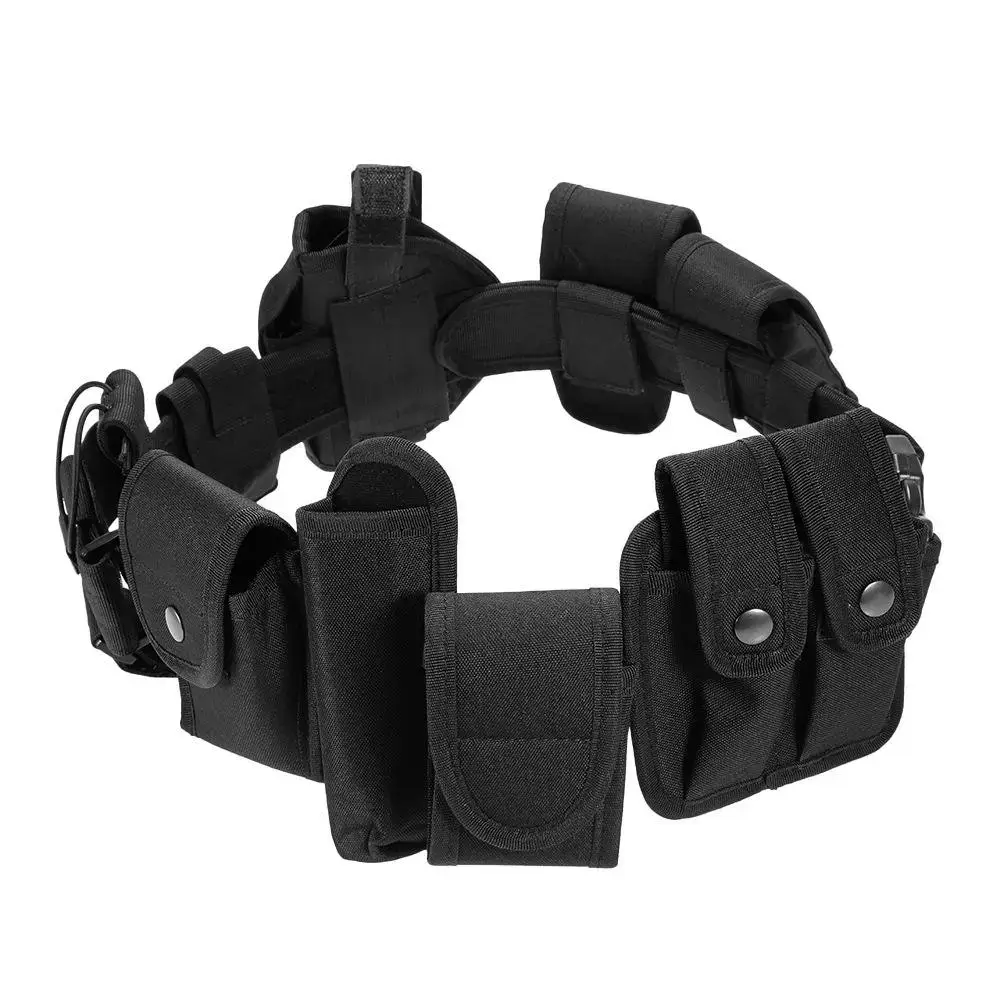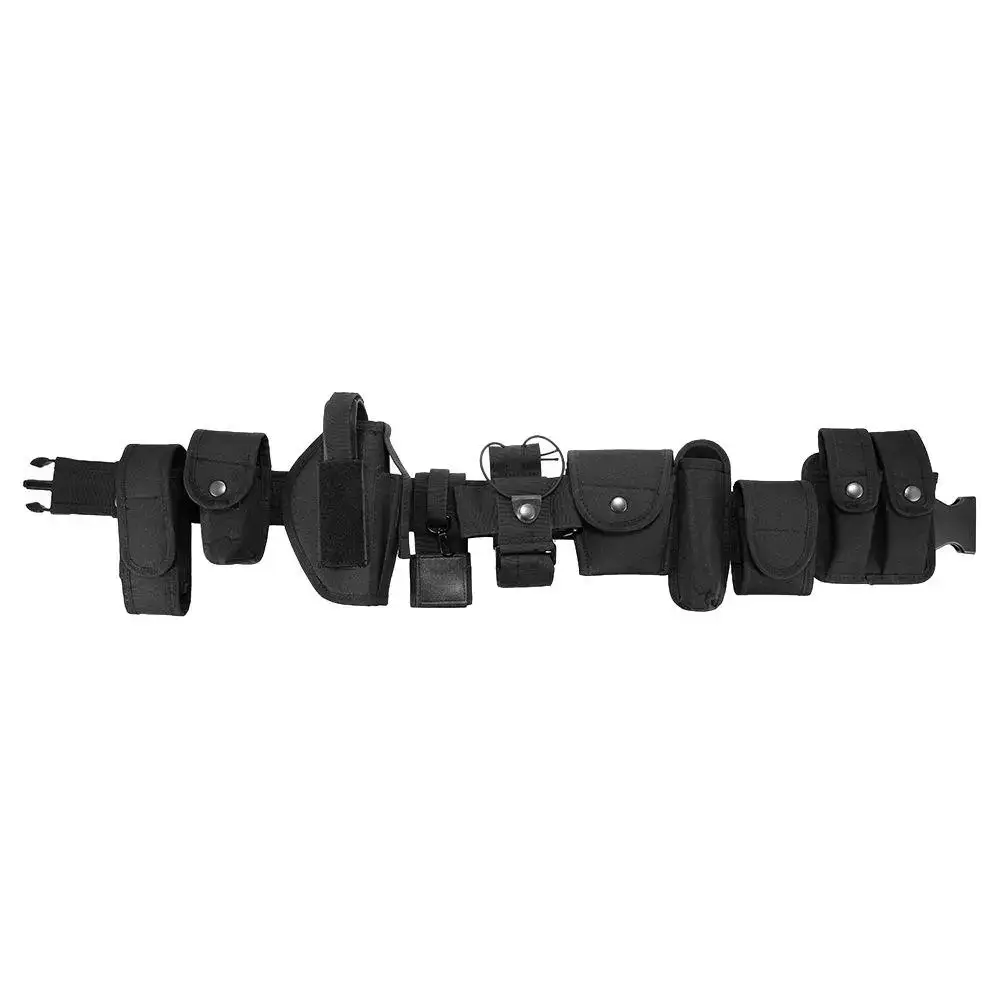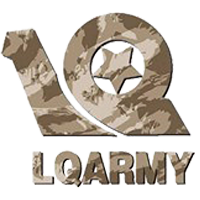For patrol officers, a duty belt is more than equipment—it’s a critical toolset that can mean the difference between safety and vulnerability. Every item must be secure, accessible, and positioned to reduce fatigue during 12-hour shifts or high-intensity pursuits. Striking the right balance between functionality and comfort is no small feat given the array of gear officers carry.
This guide outlines essential duty belt components, strategies for effective weight distribution, and the latest innovations shaping modern designs—helping officers and departments build loadouts that enhance performance and endurance.
The Core Essentials: What Every Patrol Officer Needs
1. Holsters
A reliable holster is non-negotiable. Key features include:
- Secure retention with a quick, consistent draw.
- Be adjustable for ride height and cant (angle).
- Durability against weather extremes (rain, dust, heat).
2. Handcuffs and Restraint Systems
Versatility is key:
- Carry two sets of handcuffs—one standard, one backup.
- Use a dedicated pouch to minimize noise and ensure rapid deployment.
- Opt for rigid cuffs in high-risk scenarios or lightweight polymer restraints for daily patrols.
3. Medical Kits
A compact trauma kit is a lifesaver in emergencies. Essentials include:
- Tourniquets (e.g., CAT or SOF-T) and hemostatic gauze for bleeding control.
- Nitrile gloves and antiseptic wipes for safety and hygiene.
- A one-handed-access pouch for speed under pressure.
Conseil: Position the kit on your dominant side, within arm’s reach, to shave seconds off response time.
4. Communication Tools
Radios are vital for coordination:
- Mount the radio pouch on your support side (non-dominant hand) for easy access.
- Use Velcro or a locking clip to secure it during physical activity.
Note: Many departments now integrate encrypted digital radios—ensure your pouch accommodates bulkier models.
5. Flashlights
Low-light operations demand a tactical flashlight:
- Minimum 500 lumens for visibility; 1000+ for urban settings.
- Strobe mode for disorienting threats.
- Reinforced bezel for breaking glass or self-defense.
Review flashlight standards for law enforcement ici.
6. Multi-Tools and Batons
- A multi-tool with a glass breaker and seatbelt cutter adds utility without bulk.
- Position collapsible batons for a cross-draw (e.g., support side) to avoid interfering with firearm access.


Weight Distribution: The Science of Comfort
Improper loadout placement causes chronic pain and hampers mobility. Here’s how to optimize your setup:
1. The “Clock” Method
Visualize your belt as a clock face:
- 12 o’clock: Keep clear of heavy items to maintain flexibility.
- 3-4 o’clock: Holster (dominant side) for instinctive draws.
- 6 o’clock: Lightweight gear (e.g., glove pouch) to avoid lumbar strain.
- 9 o’clock: Radio or baton (support side) for balance.
This approach distributes weight evenly, preserving agility.
2. Leverage Lightweight Materials
- Nylon and polymer outshine leather in weight and weather resistance.
- Laser-cut designs shed ounces without sacrificing strength.
Example: Check our Cobra Buckle belts.
3. Incorporate Suspension Systems
Padded inner belts or suspenders shift load from hips to shoulders—ideal for officers carrying specialized tools like TASERs or breaching kits.
Modern Duty Belt Innovations
Recent advancements address long-standing challenges:
Modular Attachment Systems
- MOLLE/PALS webbing enables custom configurations for mission-specific needs.
- Quick-release panels allow seamless transitions between patrol types (e.g., traffic vs. tactical).
Conception ergonomique
- Contoured belts hug the body, reducing pressure points.
- Breathable, moisture-wicking liners combat heat buildup—a game-changer for summer patrols.
Enhanced Retention
- Auto-locking holsters and magnetic pouches secure gear during sprints or scuffles.
- Silent closures maintain stealth in sensitive operations.
Future Trends in Duty Belt Design
- Smart Integration: Belts with built-in GPS, biometric sensors, or power banks for body cams.
- Sustainable Materials: Recycled polymers and biodegradable fabrics gain traction without compromising strength.
- Custom 3D-Printed Gear: Tailored pouches for unique tools, available on-demand for departments.
Conclusion: Build a Smarter Loadout
An optimized duty belt blends preparedness, comfort, and adaptability. By selecting essential gear, mastering weight distribution, and embracing cutting-edge designs, officers can perform at their peak—shift after shift. For departments, investing in modern loadouts boosts retention and reduces injury-related downtime.
Ready to Upgrade Your Duty Belt? Contact us today if you need duty belts tailored to your needs.


